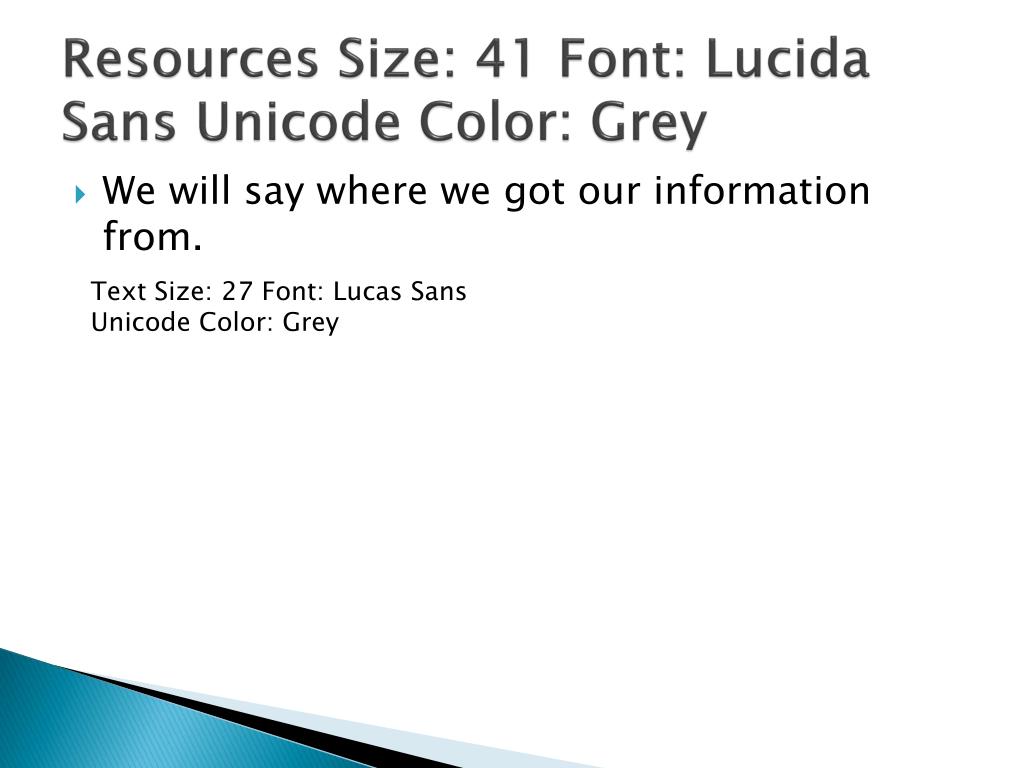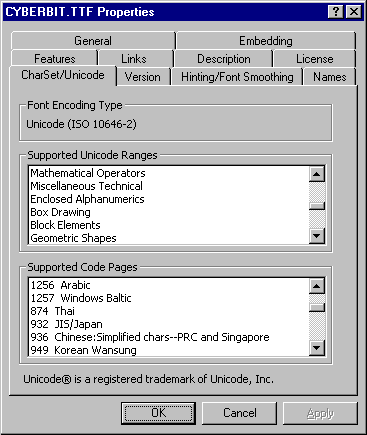

Operating systems, web browsers ( user agent), and other software that extensively use typography, use a font to display text on the screen or print media, and can be programmed to use those embedded rules. Stroke fonts use a series of specified lines (for the glyph's border) and additional information to define the profile, or size and shape of the line in a specific face and size, which together describe the appearance of the glyph.įonts also include embedded special orthographic rules to output certain combinations of letterforms (an alternative symbols for the same letter) be combined into special ligature forms (mixed characters).

Outline fonts (also known as vector fonts) use drawing instructions or mathematical formulæ to describe each glyph. A bitmap font contains a grid of dots known as pixels forming an image of each glyph in each face and size.
#Embeded lucida sans unicode code
If a font is chosen which does not contain a glyph for a code point used in the document, it typically displays a question mark, a box, or some other substitute character.Ĭomputer fonts use various techniques to display characters or glyphs. The choice of font, which governs how the abstract characters in the Universal Coded Character Set (UCS) are converted into a bitmap or vector output that can then be viewed on a screen or printed, is left up to the user. Rather, it defines the abstract characters as a specific number (known as a code point) and also defines the required changes of shape depending on the context the glyph is used in (e.g., combining characters, precomposed characters and letter- diacritic combinations).

The Unicode standard does not specify or create any font ( typeface), a collection of graphical shapes called glyphs, itself.


 0 kommentar(er)
0 kommentar(er)
